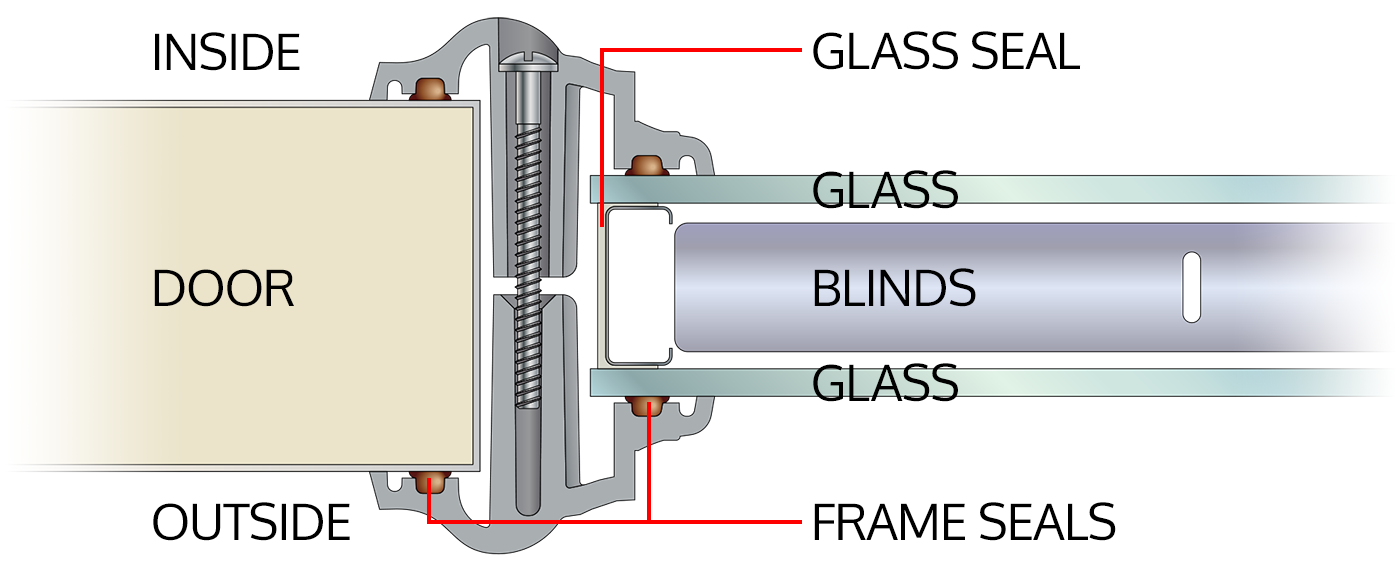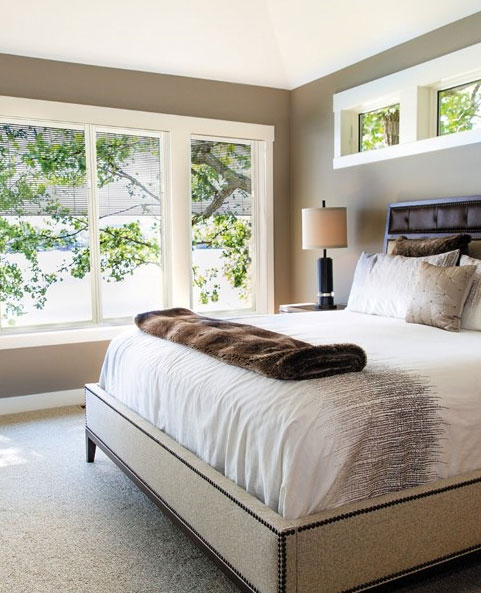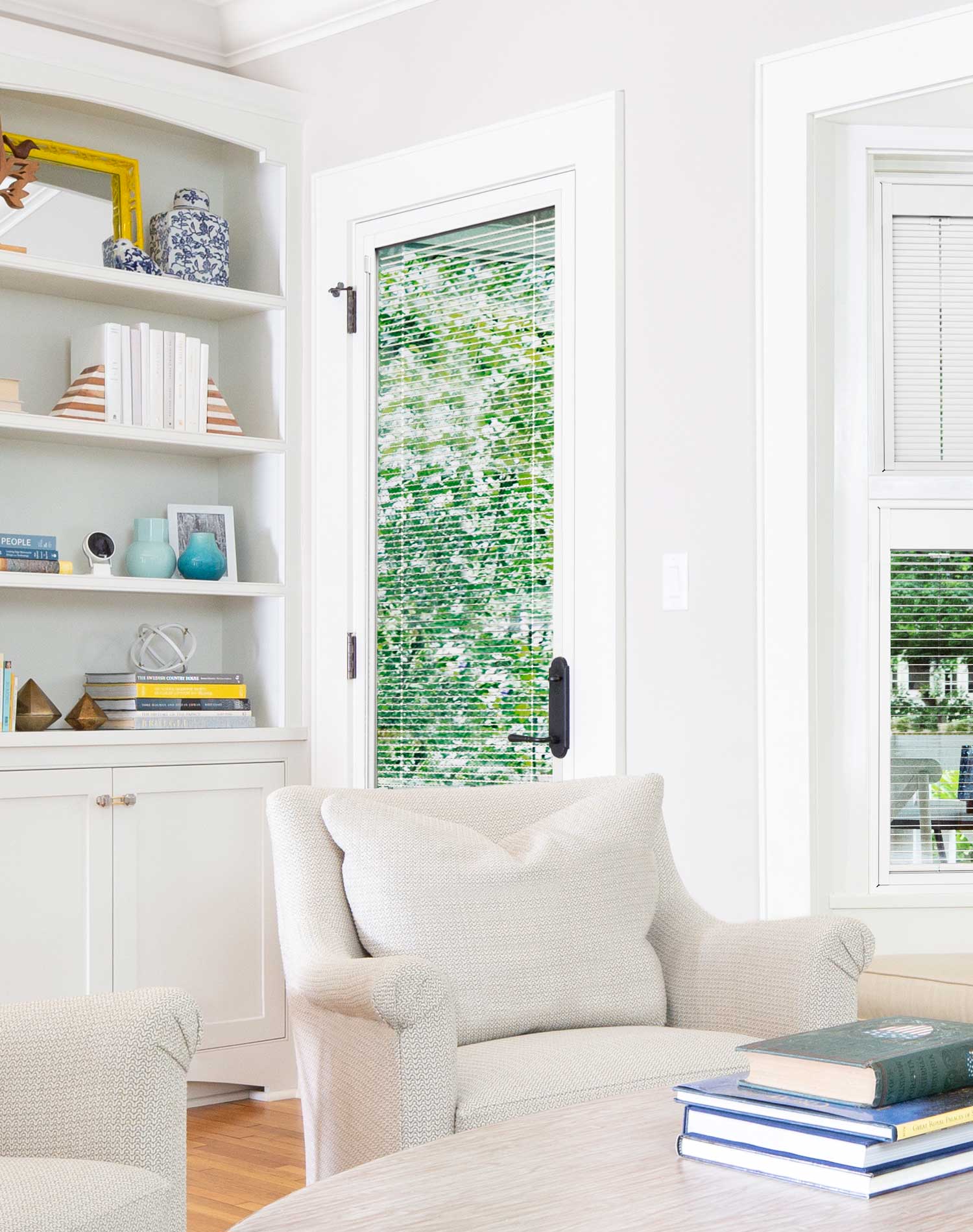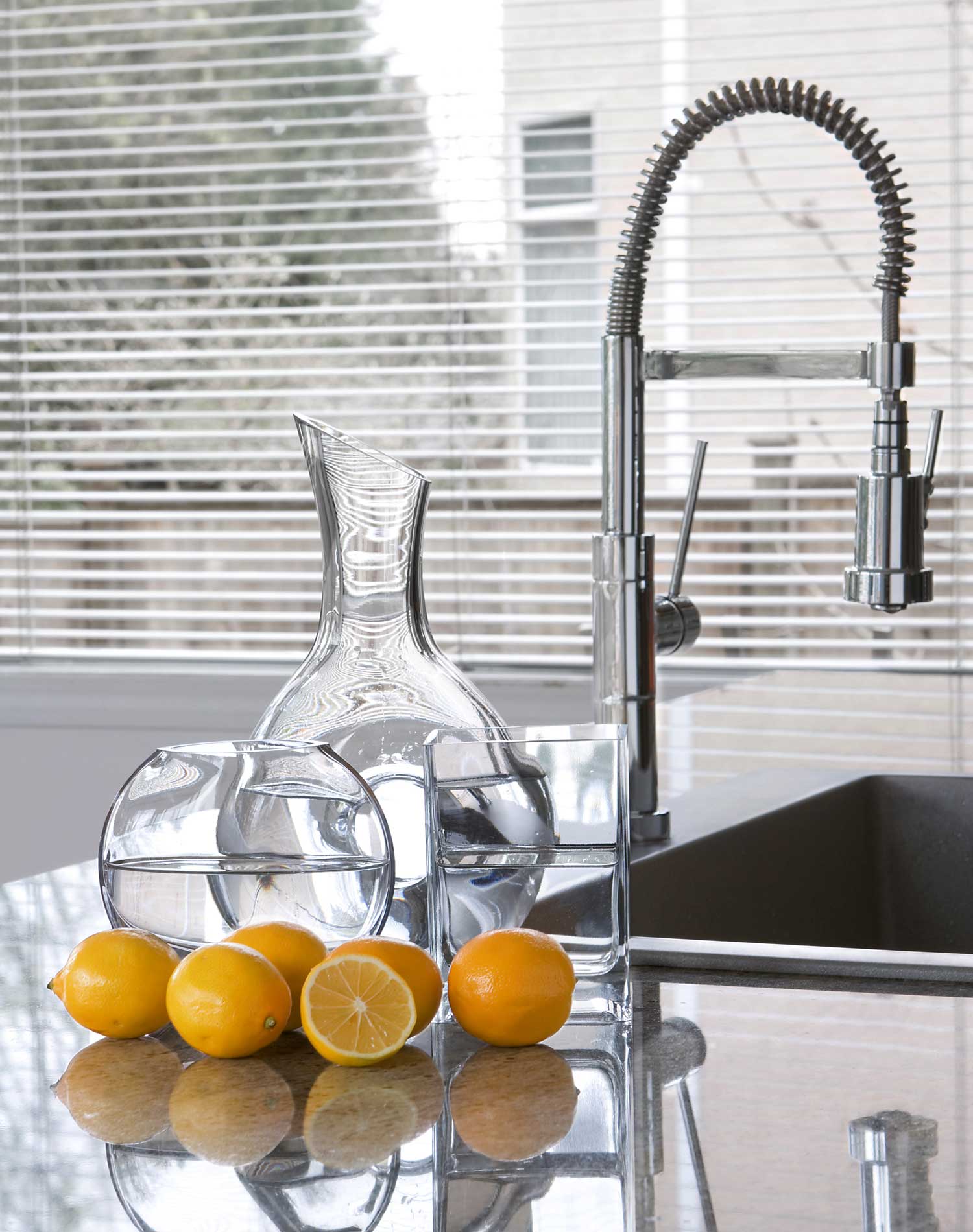Menu
Edit
Animation
Options
Options
Product Performance
Edit
ODL Blinds + Glass products are designed to meet or exceed rigorous quality standards and provide years of trouble-free performance. ODL blinds between glass are subjected to extensive product testing such as air and water resistance; slam and cycle testing; and sound transmission tests.
AIR & WATER RESISTANCE
ODL Blinds + Glass products protect against moisture and air infiltration in two areas:
Infiltration into the insulated glass air space through the glass seal.
Infiltration from the outside that attempts to penetrate the frame seals against the door and the glass (applicable to Blinds + Glass units installed in ODL frames).


Infiltration that Attempts to Penetrate the Insulated Glass Air Space through the Glass Seal
ODL Blinds + Glass insulated glass units with built-in blinds include premium components that enable certification by the Insulating Glass Certification Council (IGCC) as meeting the requirements of ASTM E 2190. ASTM E 2190 is a harmonized standard test protocol adopted by the U.S. and Canada for evaluating insulating glass (IG) performance, durability, and longevity. There are three main parts to the standard:
The High Humidity Test subjects samples to high humidity and temperature with the objective of forcing moisture into the sealed air space in an IG unit. Specimens are tested for 42 days and subjected to 95% ±5% relative humidity.
Accelerated Weather Cycling simulates weather cycling from hot to cold extremes with moisture added during the hot cycle. Specimens are tested for 63 days and subjected to 252 cycles.
The Volatile Fog Test shows that components, or trapped impurities, will not out-gas a volatile fog, which could result in a deposit on the interior glass surface. No fog must be visible at arm's length.
Slam & Cycle Testing
Doors usually don't get slammed shut. Since ODL Blinds + Glass blinds enclosed in door glass must survive our test of 50,000 slam cycles, you can be assured that it will remain intact when your exterior door occasionally slams shut.
Blinds + Glass enclosed blinds are tested to 10,000 raise and lower cycles to ensure years of reliable operation.


STC is expressed in decibels (dB) and is used to measure a building material's ability to reduce sound. A higher STC rating translates into more reduction in sound. Laboratory testing is used to measure the resistance of partitions such as walls, windows, or entry doors to the passage of sound.
STC test results are presented below.
STC Values
ODL conducted third party IAS-accredited lab testing on a range of doorglass configurations. All of the doorglass samples were 22" x 64", except the sliding patio door blind which was 33" x 74". These sound transmission loss tests were conducted in accordance with ASTM E 90. The Sound Transmission Class (STC) rating was calculated in accordance with ASTM E 413. Test results and benchmark values are presented below.
| Configuration | Family | STC | Comment |
Dual-glazed doorlite blind, 1-1/8" IG, |
Blinds |
32 |
Third party tested |
Sliding patio door blind, 1" IG, |
Blinds |
28 |
Third party tested |
Severe Weather, dual-glazed blind, |
Severe Weather |
39 |
Third party tested |
3' x 7' steel door, |
Door and window reference information |
26 |
From HUD Noise |
30" x 48" aluminum clad |
Door and window reference information |
29 |
From HUD Noise |
Family
Dual-glazed doorlite blind, 1-1/8" IG,
with Intercept® spacer, plastic frame,
slats lowered and closed
Blinds
Sliding patio door blind, 1" IG,
Intercept® spacer,
slats lowered and close
Blinds
Severe Weather, dual-glazed blind,
with Intercept® spacer,
slats raised
Severe Weather
3' x 7' steel door,
1-3/4" thick with polyurethane core
Door and window reference information
30" x 48" aluminum clad
casement window,
1" IG with 1/8" panels
Door and window reference information
STC
Dual-glazed doorlite blind, 1-1/8" IG,
with Intercept® spacer, plastic frame,
slats lowered and closed
32
Sliding patio door blind, 1" IG,
Intercept® spacer,
slats lowered and close
28
Severe Weather, dual-glazed blind,
with Intercept® spacer,
slats raised
39
3' x 7' steel door,
1-3/4" thick with polyurethane core
26
30" x 48" aluminum clad
casement window,
1" IG with 1/8" panels
29
Comment
Dual-glazed doorlite blind, 1-1/8" IG,
with Intercept® spacer, plastic frame,
slats lowered and closed
Third party tested
(394 K) Adobe PDF
Sliding patio door blind, 1" IG,
Intercept® spacer,
slats lowered and close
Third party tested
(394 K) Adobe PDF
Severe Weather, dual-glazed blind,
with Intercept® spacer,
slats raised
Third party tested
(242 K) Adobe PDF
3' x 7' steel door,
1-3/4" thick with polyurethane core
From HUD Noise
Notebook*
30" x 48" aluminum clad
casement window,
1" IG with 1/8" panels
From HUD Noise
Notebook*
* Source: HUD Noise Notebook chapter 4 supplement, Sound Transmission Class guidance
Products
Resources
Subscribe to Updates
© 2021 All rights reserved. | Privacy Policy | Terms of Use


